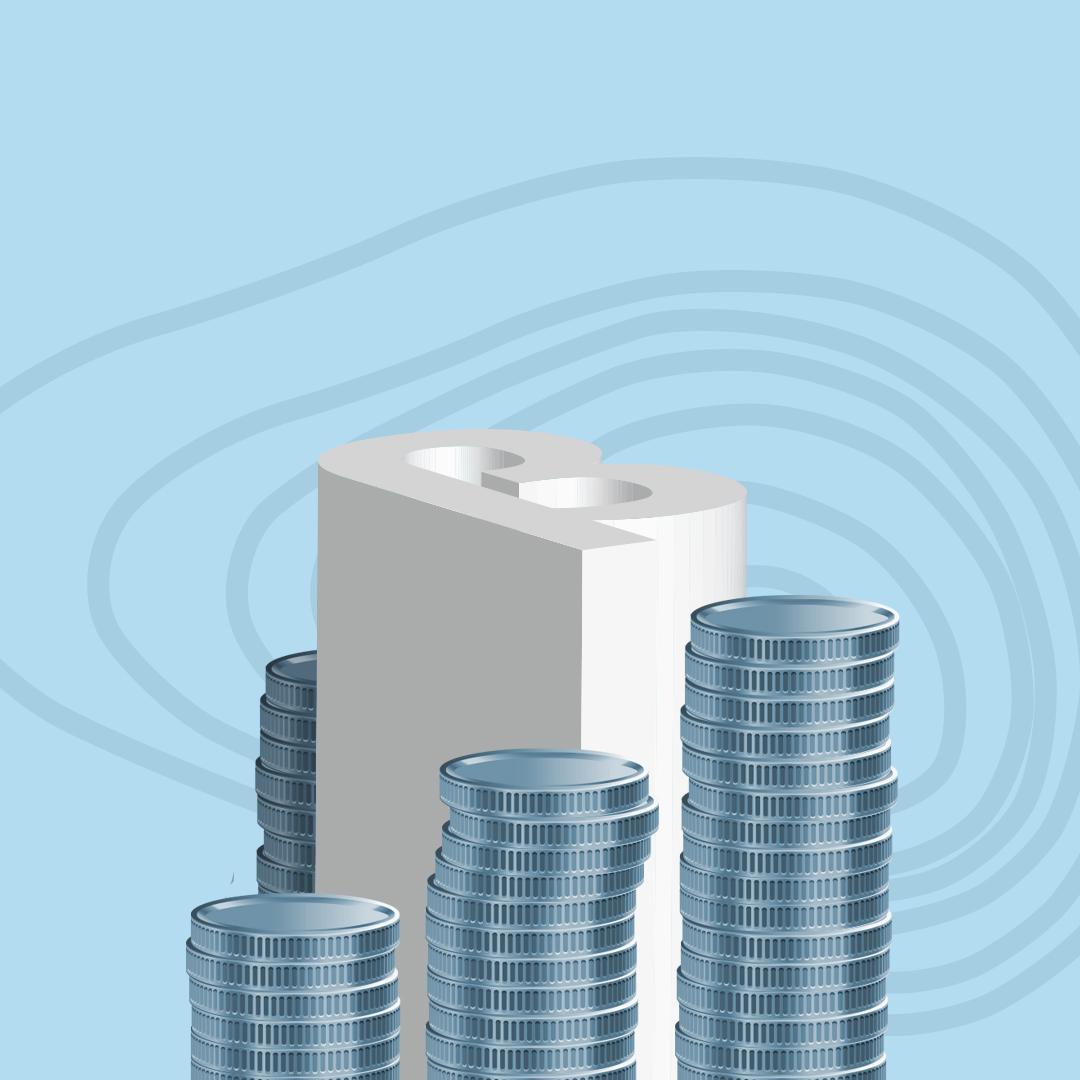Beta in Mutual Fund

What is Beta in Mutual Fund?
Beta in mutual funds predicts the future of the fund performance and helps to achieve more returns, which in itself carries higher risk. Mutual fund investments always require a measurement tool in order to analyze their performance. This requirement gave rise to the concept of Net Asset Value (NAV). However, NAV is the result of the past as well as the current performance of the scheme, what about the future predictions? Of course, one can derive the trend of the NAV and predict the future but it may not be completely accurate. Here the concept of ‘Beta’ comes of great help.
The stock prices or the share markets have an index to measure its future. This index is either on upward or downward trend prediction depending upon the market scenario. The stock prices are directly proportionate to the performance of the mutual fund.
Beta is the tool, which derives how sensitive the fund scheme is to the movement of the stock prices. Let us say if a mutual fund has a Beta of 1.5 and the Sensex is expected to rise by 10% then the fund will have a return of 15 %. At the same time, if the fund is expected to experience a downfall of 10% the fund will lose its value by 15%. Beta can be either 1, greater than 1 or less than 1. Therefore, as per the stock prices, profits or losses can fluctuate depending upon the value of Beta.
Application of Beta in Mutual Funds
Beta in mutual funds indicates the volatility with a direct reference to the volatility of the market. A Beta of value greater than 1 shows high volatility. To simplify, a fund with Beta of 1.2 can have a profit of 20% higher than the rise in Sensex, while falling or downward trend of Sensex will incur 20% more loss than the actual fall in stock prices. Therefore, how the Beta can be applicable here is simple. Depending upon the risk-taking attributes of the investor, one has to allocate the funds in lower or higher Beta in mutual funds. For risk-averse investors who prefer a low fluctuation in prices, the mutual fund with lower Beta has to be suggested and vice versa. On the other hand, fund managers or investors building portfolios can spread their investment in high and low Beta in mutual funds, to secure the loss in one by the profit or stability of the other.
Types of Measures to Analyze Performance of Mutual Funds
Like Beta, there are four other tools used to analyze any mutual funds in order to understand its volatility. These tools are Alpha, R-squared, Standard Deviation, and the Sharp-Ratio. All these tools form a major part of the portfolio management and assist the investors in determining the loss-gain situations of the future. Let us study them one by one.
1. Alpha
This tool measures the fund’s actual performance vis-à-vis its predicted performance. In simple words, if prediction betters the actual performance the alpha would result in a negative figure and vice versa. For investors, positive and greater alpha is a good result. The calculation of Alpha is overly dependent on Beta in mutual funds; hence, the calculation of Beta helps while predicting Alpha.
2. R-Squared
R-squared form part of the range, ranging from 0-100. If a mutual fund’s R-square is 100, then the movement in the funds will be totally synonymous to the movement of the index. Therefore greater the R-Square measure, greater will be its relation to the index. As studied earlier Beta in mutual funds can be more accurate depending upon its close relationship with the index. Thus greater the R-squared measure, more accurate will be the Beta in mutual funds.
3. Standard Deviation
Diversion means a dispersion or greater volatility. A Standard Deviation is a tool which helps in analyzing the performance of the mutual fund by comparing its past performances with its current. The greater the deviation, the higher the volatility. To sum up, if a fund’s average rate of return is, say 14%, and it attracts a Standard Deviation of 5%, then the return from the fund shall be in between 10-19%.
4. The Sharp-ratio
This is a core performance tool, where the average annual return of the funds are deducted by a risk-free return on investment of the same tenure and thereafter dividing the resultant figure by standard deviation of its return. This tool helps investors to analyze whether it’s worth to invest in a particular fund given the risk it carries. This method was invented by the famous economist William Sharpe, hence named after him the Sharp-ratio. The greater the sharp ratio, the better its return over the risk it possesses.
A Few Examples of Beta in Mutual Fund
| Fund | Category | Beta |
| Kotak Standard Multicap Fund-Direct Plan | EQ-Multi Cap | 0.95 |
| Mirae Asset India Equity Fund-Direct Plan | EQ-Multi Cap | 0.96 |
| SBI Bluechip Fund-Direct Plan | EQ-Large Cap | 0.85 |
| L&T India Value Fund-Direct Plan | EQ-Mid Cap | 0.72 |
| L&T Midcap Fund-Direct Plan | EQ-Mid Cap | 0.65 |
| Mirae Asset Emerging Blue Chip Fund-Direct Plan | EQ-Mid Cap | 0.69 |
| DSP Micro Cap Fund-Direct Plan | EQ-Small Cap | 0.90 |
| HDFC Small Cap – Direct Plan | EQ-Small Cap | 0.99 |
| SBI Small & Midcap Fund-Direct Plan | EQ-Small Cap | 0.77 |
As seen above and based on our study of Beta we can see that L&T Midcap Fund-Direct Plan is the least volatile of the above group and HDFC Small Cap – Direct Plan is the most volatile of the group. However, the outcome or returns may vary depending upon the other parameters of measurement. Therefore studying all the measurement together and applying them simultaneously can help us achieve more accurate predictions and results.


No Comments